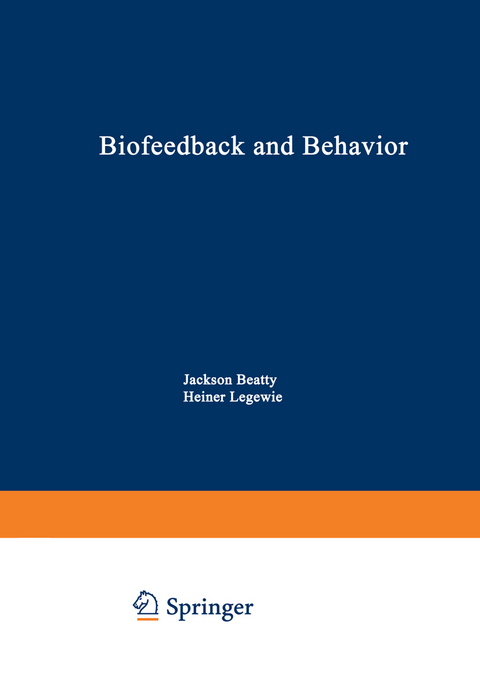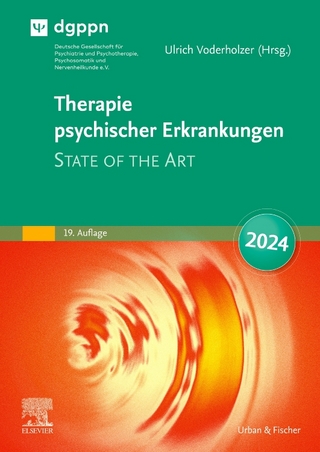
Biofeedback and Behavior
Springer-Verlag New York Inc.
978-1-4684-2528-4 (ISBN)
Section 1. Introduction.- 1. Biofeedback and behavior: Introduction to the Proceedings.- 2. A perspective on biofeedback.- 3. Biofeedback from the perspectives of cybernetics and systems science.- 4. Methodological and technological issues in biofeedback research.- 5. Visceral feedback and the taste signal.- Section 2. Central Nervous System.- 6. Learned control of brain wave activity.- 7. Biofeedback method for locating the most controlled responses of EEG alpha to visual stimulation.- 8. Alpha, biofeedback and arousal/activation.- 9. On the social psychology of experiential states associated with EEG alpha biofeedback training.- 10. Operant enhancement of EEG-theta activity.- 11. Theta regulation and radar vigilance performance.- 12. Effects of sensorimotor EEG feedback training on sleep and clinical manifestations of epilepsy.- Section 3. Autonomic Nervous System.- 13. Visceral learning: Cardiovascular conditioning in primates.- 14. Mechanisms of learned voluntary control of blood pressure in patients with generalised bodily paralysis.- 15. Visceral perception.- 16. The role of exteroceptive feedback in learned electrodermal 261 and cardiac control: Some attractions of and problems with discrimination theory.- 17. Inter-effector influences in operant autonomic control.- 18. Biofeedback and physiological patterning in human emotion and consciousness.- 19. Biofeedback and the regulation of complex psychological processes.- 20. Research on the specificity of feedback training: Implications for the use of biofeedback in the treatment of anxiety and fear.- 21. Biofeedback, verbal instructions and the motor skills analogy.- 22. Pavlovian and operant-biofeedback procedures combined produce large-magnitude conditional heart-rate decelerations.- 23. Blood pressure control with pulse wave velocity feedback: Methods of analysis and training.- 24. Coronary biofeedback: A challenge to bioengineering.- 25. Biofeedback control of stomach acid secretions and gastrointestinal reactions.- 26. Biofeedback as treatment for cardiovascular disorders: A critical review.- 27. Biofeedback and meditation in the treatment of borderline hypertension.- Section 4. Skeletal Muscle System.- 28. Biofeedback and differential conditioning of response patterns in the skeletal motor system.- 29. Biofeedback in the treatment of neuromuscular disorders.- 30. EMG feedback strategies in rehabilitation of neuromuscular disorders.- 31. Why should muscular relaxation be clinically useful? Some data and 2½ models.- Section 5. Conclusion.- 32. Clinical implications of biofeedback.- 33. Contributions of biofeedback methods to the understanding 487 of visceral and central nervous system functions.- Name Index.
| Reihe/Serie | III Human Factors | Nato Conference Series ; 2 |
|---|---|
| Zusatzinfo | X, 532 p. |
| Verlagsort | New York, NY |
| Sprache | englisch |
| Maße | 178 x 254 mm |
| Themenwelt | Geisteswissenschaften ► Psychologie ► Klinische Psychologie |
| Medizin / Pharmazie ► Medizinische Fachgebiete ► Psychiatrie / Psychotherapie | |
| ISBN-10 | 1-4684-2528-5 / 1468425285 |
| ISBN-13 | 978-1-4684-2528-4 / 9781468425284 |
| Zustand | Neuware |
| Haben Sie eine Frage zum Produkt? |
aus dem Bereich


